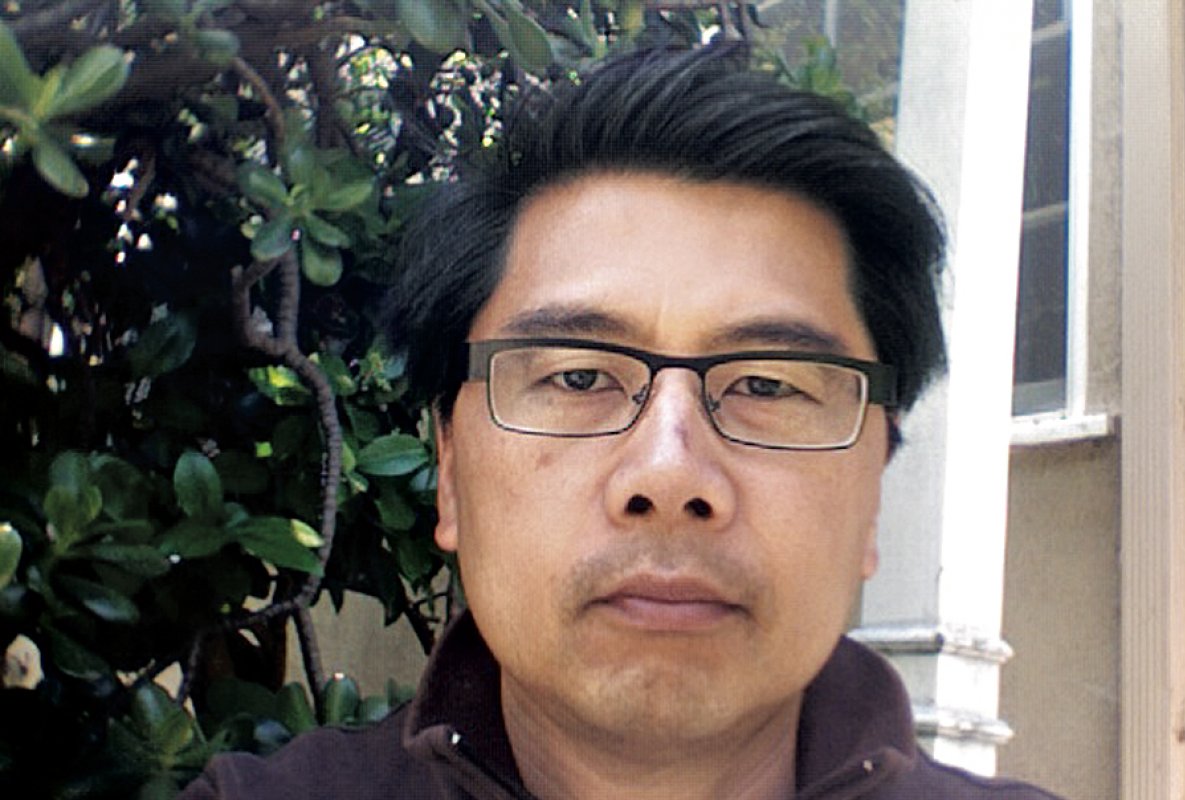Byron Kim2008
“What does it mean for an artist of color to be making abstract paintings in the 21st century?” Byron Kim asks. In his probing of classic modernism, discordant enough to reinvigorate the genre, he risks narrative, sentiment, personal associations, and the making of luscious objects. A pale green monochromatic canvas stealthily alludes to an 11th century Korean ceramic glaze. Tenderly marrying meaning and form, a horizontally striped painting represents the colors seen as he panned from his son’s head to his sneakers. What may appear, at first glance, to be neutral territory might be a minefield. A red, yellow, and blue triptych is also a coded salute to his father, who suffered under the Japanese occupation of Korea.
Kim’s intense and close focus has yielded a wide-ranging body of work and his serial pictures invite a particular intimacy for both viewer and artist. One of his best known works, Synecdoche, is a vast grid composed of several hundred small abstract monochrome paintings ranging from deep brown to pale pink; it is as much a group portrait, depicting the skin tone of friends, acquaintances and willing-to-be-painted strangers’ arms, as it is pure abstraction. Whether he is experimenting with fractioning the world through photography, or making a small painting of the sky, with handwritten diary entry, as he has nearly every Sunday for the past seven years, Kim distills and meditates upon how the part, the partial and the small can become a radiant, even heartbreaking whole.
"I’ve sought the challenge of combining the dominant modes of the last century of art—abstraction, (retrograde, hopelessly idealistic), and conceptualism—to make paintings that comment on culture in a personal and often subtle way. I am interested in making abstraction and abstract painting relevant today, and doing so in a way that might subvert our usual ways of perceiving, that will open us up, and make us feel how we feel when we remember to look up into the sky or look deeply into a child’s eyes."


